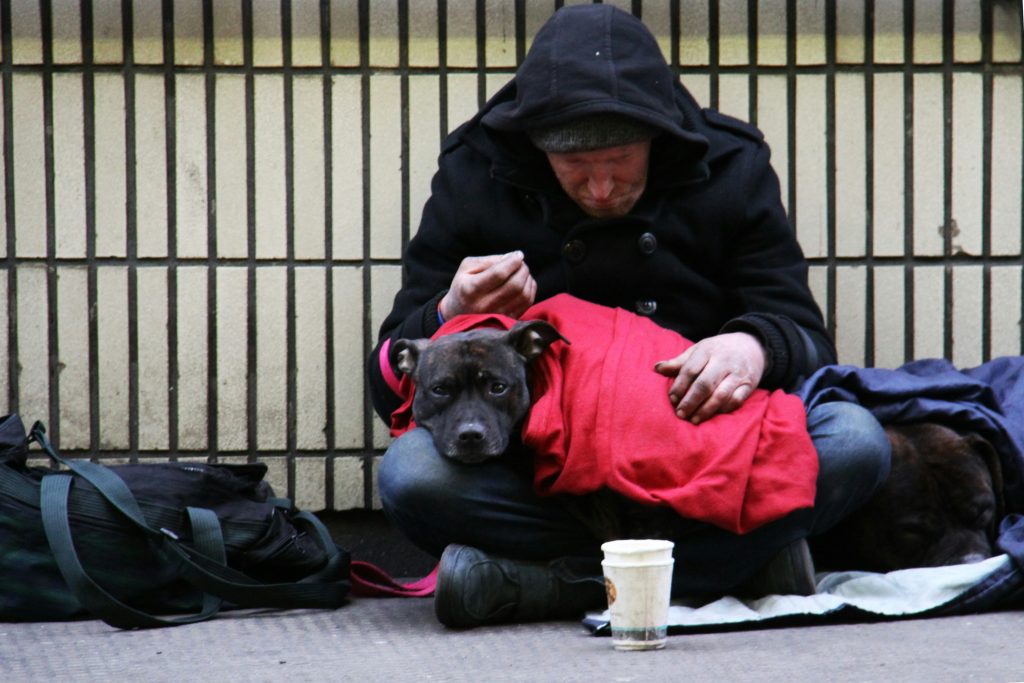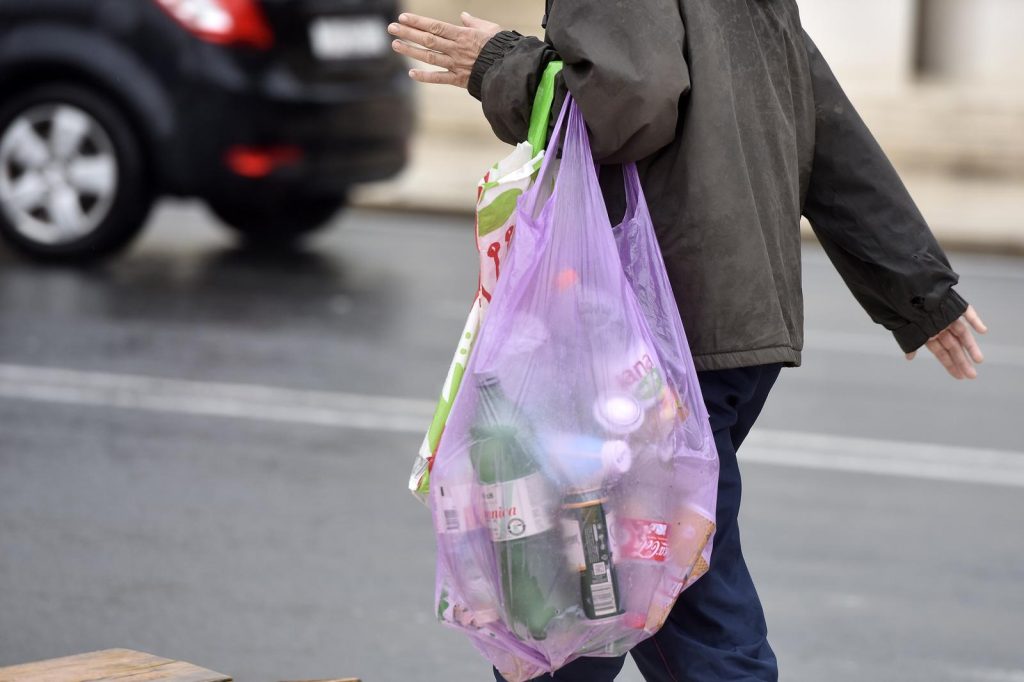March the 24th, 2024 – Much like other European countries, poverty in Croatia is a serious problem. More concerning still is the fact that new data suggests every fifth individual is at risk of falling below the poverty line.
As Poslovni Dnevnik writes, the poverty risk rate in Croatia in 2023 stood at 19.3 percent, as was recently announced by the State Bureau of Statistics (CBS). Their data shows that senior citizens, single parents, and residents of Pannonian Croatia (Eastern Croatia) are most exposed to this risk.
The highest poverty risk rate (according to NUTS regions) was found in Pannonian Croatia, where it stood at a worrying 29.4 percent. In Northern Croatia, it stood at 17.7; Adriatic Croatia found itself at 17.5 percent and the City of Zagreb stood at 10.5 percent.
According to CBS data, the poverty risk threshold for a single-member household in 2023 was 5,924 euros, and for a household with two adults and two children under 14 years of age, it was 12,440 euros.
According to age and sex, the highest rate of risk of poverty in Croatia related to persons aged 65 or older and amounted to 34.8 percent. In this particular age group, the difference by gender is the largest, and the poverty risk rate for women was 38.8 percent, and for men 29.3 percent. The lowest poverty risk rate was among persons aged 25 to 54 and amounted to 12.6 percent. In men of that age, it stood at 12.8 percent, and in women it was slightly less, at 12.5 percent.
According to the type of household, the poverty risk rate in households without dependent children was the highest in single-member households, namely in those made up of persons aged 65 or older – 59.9 percent. In those made up of women, the risk rate from poverty in Croatia amounted to 56.5 percent.
In the category of households with dependent children, the highest poverty risk rates were found to be present in households consisting of one parent with dependent children, for which the poverty risk rate was 24.4 percent. This was also the case in households with two adults with three or more children, for which the poverty risk rate was 20.5 percent.
Explaining the at-risk-of-poverty in Croatia rate

The at-risk-of-poverty in Croatia rate is the percentage of persons who have disposable equivalent income below the at-risk-of-poverty threshold. It doesn’t show how many people are actually poor, but how many of them have an income below the poverty risk threshold. The poverty risk threshold is set at 60 percent of the mean value (median) of the equivalent disposable income of all persons.
The total disposable income per household is the total monetary net income received by the household and all its members in the reference period, i.e. over the previous year.
The equivalent disposable income is then calculated by dividing the total disposable income of the household by the equivalent household size calculated according to the modified OECD scale, according to which the head of the household is assigned a coefficient of 1, every other adult in the household aged 14 and older is assigned a coefficient of 0.5. For children under 14 the coefficient is 0.3. This particular procedure is applied to determine a more even share of each household member in the acquisition of joint income.
The average disposable income per household stood at 18,843 euros in 2023, while the average equivalent disposable income was 10,891 euros.
More than a fifth of people are at risk of poverty in Croatia

According to data from the CBS, 20.7 percent of people were at risk of poverty in Croatia, or some form of social exclusion in 2023. This indicator refers to those persons who are at risk of poverty or are in severe material and social deprivation, or those who live in households with low work intensity.
As with rates of risk of poverty in Croatia, the rate of risk of poverty and social exclusion is once again the highest in Pannonian Croatia, standing at 31.3 percent, followed by Adriatic Croatia with 18.9; Northern Croatia with 18.6 and the City of Zagreb with 11.9 percent.











